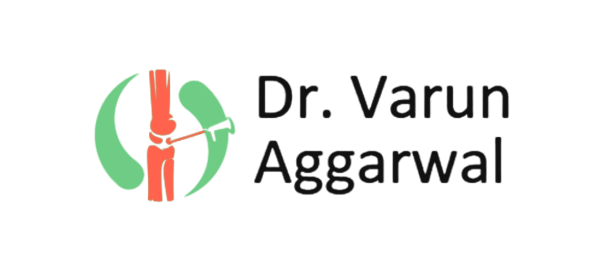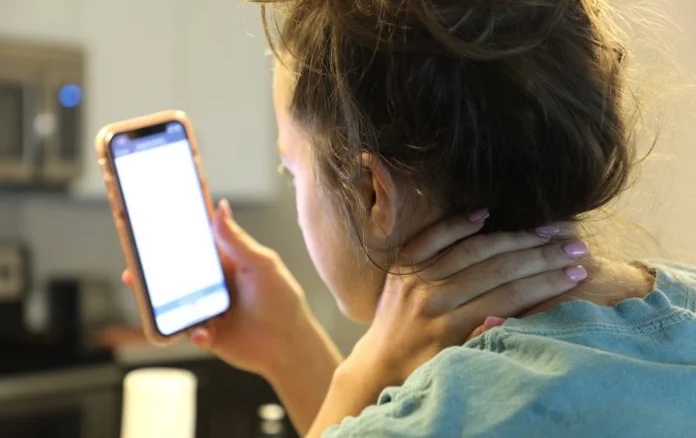Causes And Treatment Of Neck Pain In Adolescent Students
Neck pain affects people of all professions and ages, including adolescent students. Neck and shoulder pain are frequent in adolescents, and it can have a severe influence on both physical and mental wellbeing. Minor pain is usually the consequence of a muscle strain or injury, which is normal.
Most of the time, neck pain in adolescents is temporary and goes away in a short time with simple treatments. However, neck pain should not be ignored because it can also be chronic and harm your child’s social activities, quality of life, and schooling. As a parent, knowing how to assess injuries and being aware of potential causes of neck pain is crucial. It will assist you in determining when you should see a doctor.
Many mild neck injuries can be treated at home and can heal within a few days. In this blog, I will tell you the common causes of neck pain in adolescent students, their home treatments, and when you need to see a doctor.
Major Causes Of Neck Pain In Adolescent Students
There can be many factors behind neck pain in adolescents. One such factor is an injury. Children’s minor injuries are generally caused by physical activities such as sports or rough play or incidents like hitting their heads, falling, or making unusual movements during physical activity. Neck pain that occurs after a serious accident should be evaluated by a doctor.
Poor sleeping positions are another factor of neck pain in adolescents. Many adolescents sleep in a position that causes muscle strain in their neck, shoulders, and back. Although the pain is usually only temporary, it can cause significant difficulties in daily activities. The youngster may struggle to swivel their head from one side to the other and may be unable to perform simple tasks such as wearing a backpack or looking down to read.
Heavy school bags are another common cause of neck pain. Lifting heavy school bags puts a strain on students’ necks and shoulders, which can cause neck and shoulder pain.
Heavy computer and mobile usage can also be a reason for neck pain. When a child looks continuously at a computer or mobile screen, neck pain can occur.
Treatment
Neck pain in adolescents is treated differently depending on the underlying reason. Home treatments can provide relief to teenagers in case of minor neck pain.
Home Treatments
Adolescents’ muscle strains are common, and home remedies can help alleviate symptoms. Children with mild to severe neck pain may benefit from following simple home treatments:
- A warm bath can aid in the relaxation of tense muscles and the relief of pain.
- Ice can help reduce swelling and inflammation in the first 1–2 days. Wrap a towel over an ice pack or a bag of ice cubes and place it on the child’s neck for 20 minutes at a time.
- Heat may help if neck pain remains after a few days. Apply a warm compress or an electric heating pad on the child’s neck for 10 minutes to apply heat.
- A child’s neck might be relieved by stretching throughout the day or by receiving a mild massage.
Changing Lifestyle
Neck pain can also be avoided by making a few lifestyle modifications. The following modifications may help straighten the neck and lessen pain in youngsters who use computers or other technology gadgets for lengthy periods of time:
- To ease neck pressure, lie down on your back while using your phone.
- When sitting in front of a computer, keep the back and neck straight.
- Taking regular screen breaks to relieve neck tension and give the eyes a rest.
Stretching may also be beneficial. Try the following exercises for 3 minutes each day:
- Touching each shoulder with the ear
- Touching each shoulder with the chin
- forward and backward movement of the head
These stretches should be done carefully and without resistance. Exercises should not be continued if they cause pain.
Some adolescents also require a change in sleeping positions. Changes could include:
- Instead of sleeping on their stomach, adolescents should sleep on their back or side.
- Putting a pillow between the knees while sleeping on the side can help.
- Instead of a huge neck pillow, sleep with a small, flat one.
When To Consult A Doctor?
Neck pain in youngsters is usually just transient. If the neck pain lasts longer than a few days, you should see a doctor for a proper diagnosis. Any child who is having severe symptoms in addition to neck pain should get medical attention as soon as possible. These signs and symptoms include:
- headache
- dizziness
- lightheadedness
- numbness or tingling
If the pain is caused by a significant injury, such as a vehicle accident, or if the child is unable to move or stand up, emergency care should be sought.


